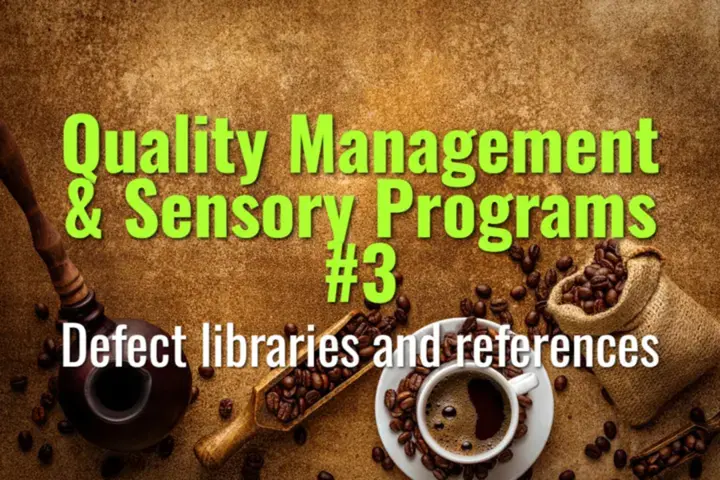
Defect libraries and references
How to build and use defect libraries and sensory reference tools to train tasters, improve quality control, and ensure accurate defect detection in coffee.

How to build and use defect libraries and sensory reference tools to train tasters, improve quality control, and ensure accurate defect detection in coffee.

How to establish quality control (QC) checkpoints across the coffee supply chain—from green beans, through roasting, to brewing—to ensure consistency and excellence.
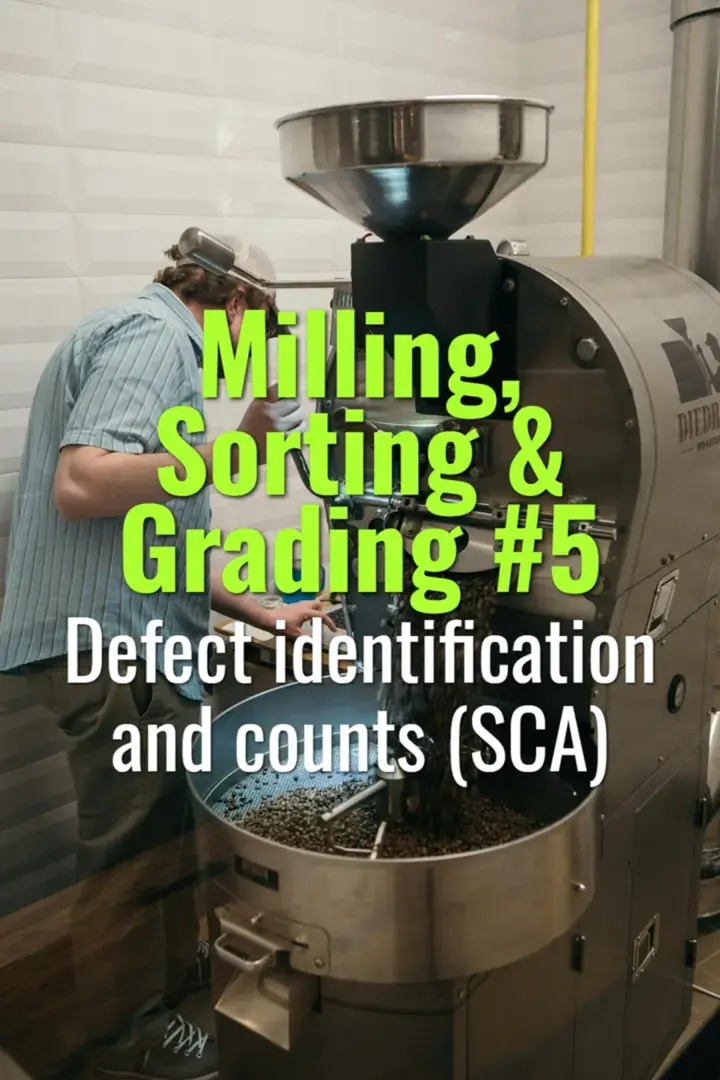
This topic explains how defects are identified and counted in coffee according to Specialty Coffee Association (SCA) standards, why this matters for grading, and how it influences specialty classification.
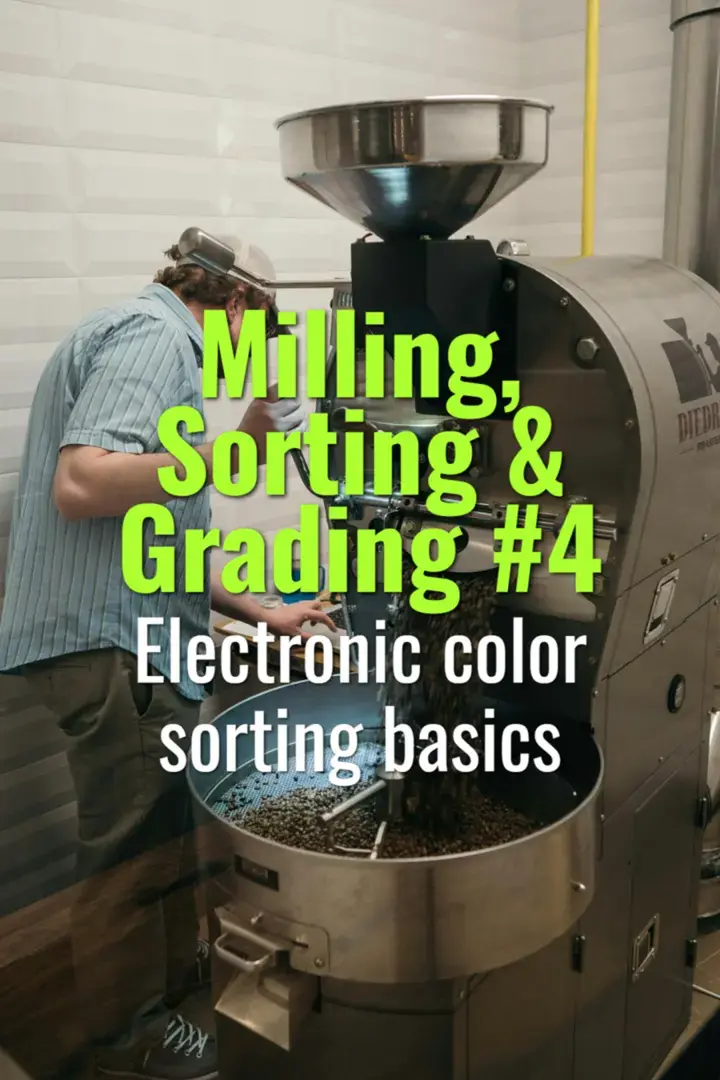
This topic explains the basics of electronic color sorting in coffee milling, how the machines work, and why they are essential for defect removal and consistency in specialty coffee exports.
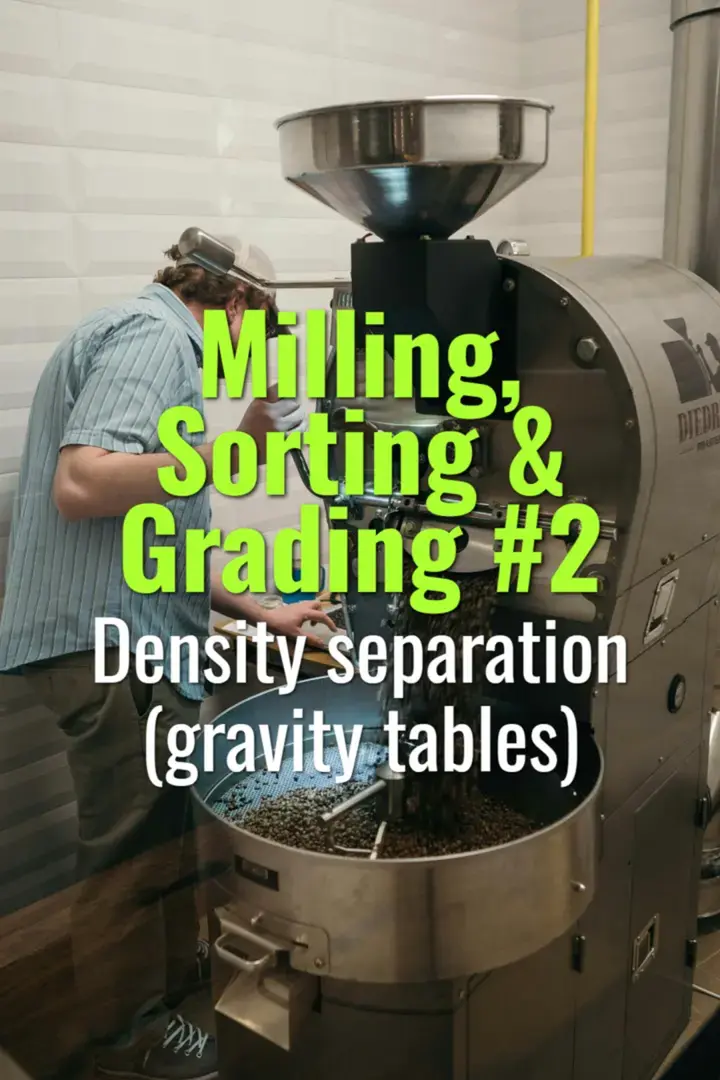
This topic explains how density separation using gravity tables is applied in coffee milling, why it matters for quality, and how it improves uniformity and market value.
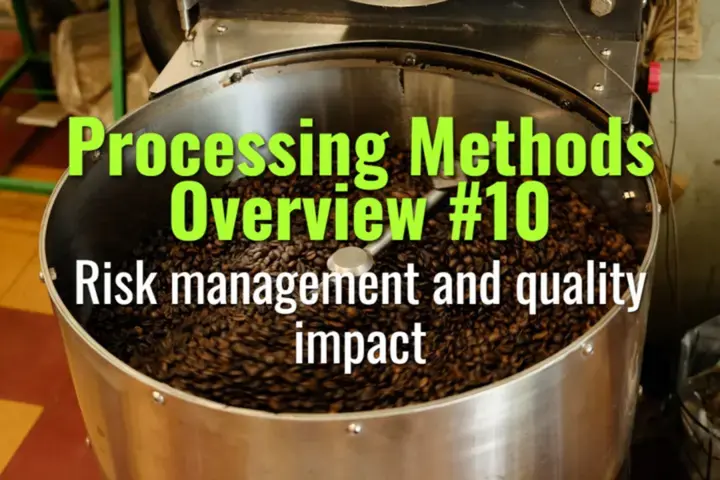
This topic explains the risks involved in coffee processing, how they affect quality, and the strategies producers use to minimize defects while maximizing flavor potential.